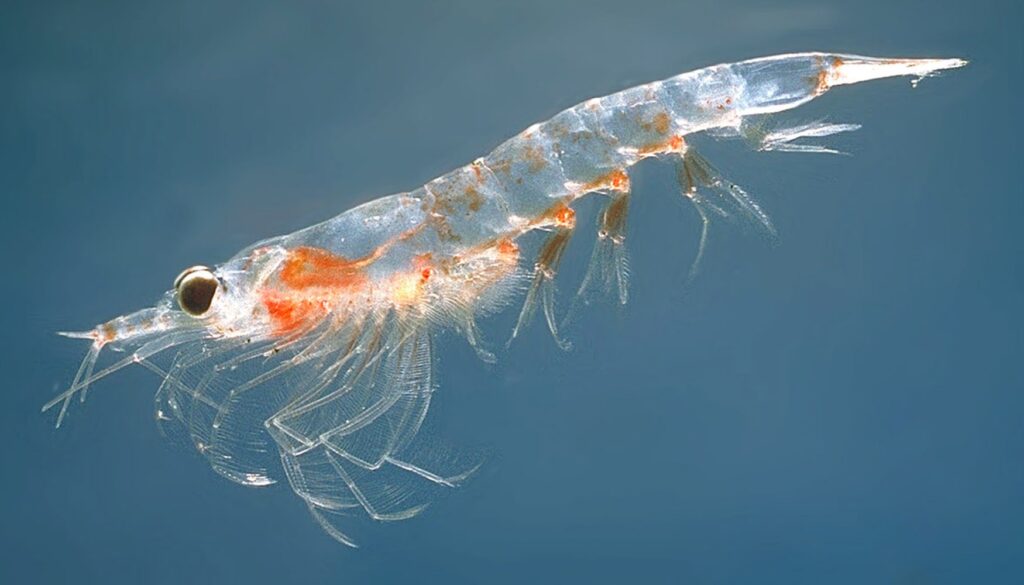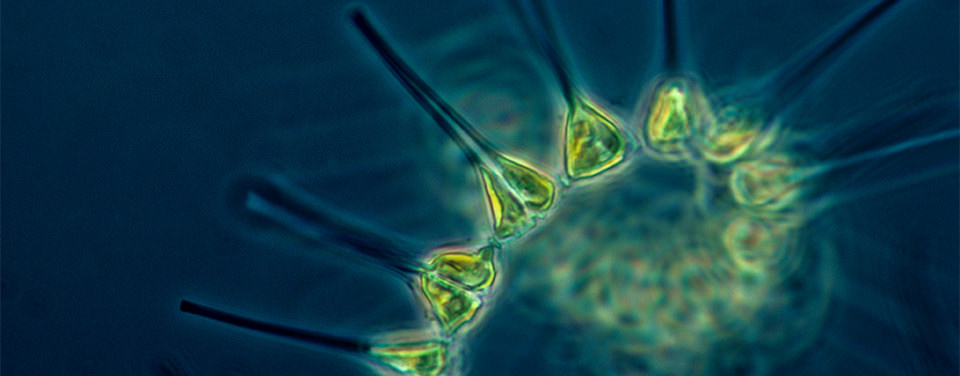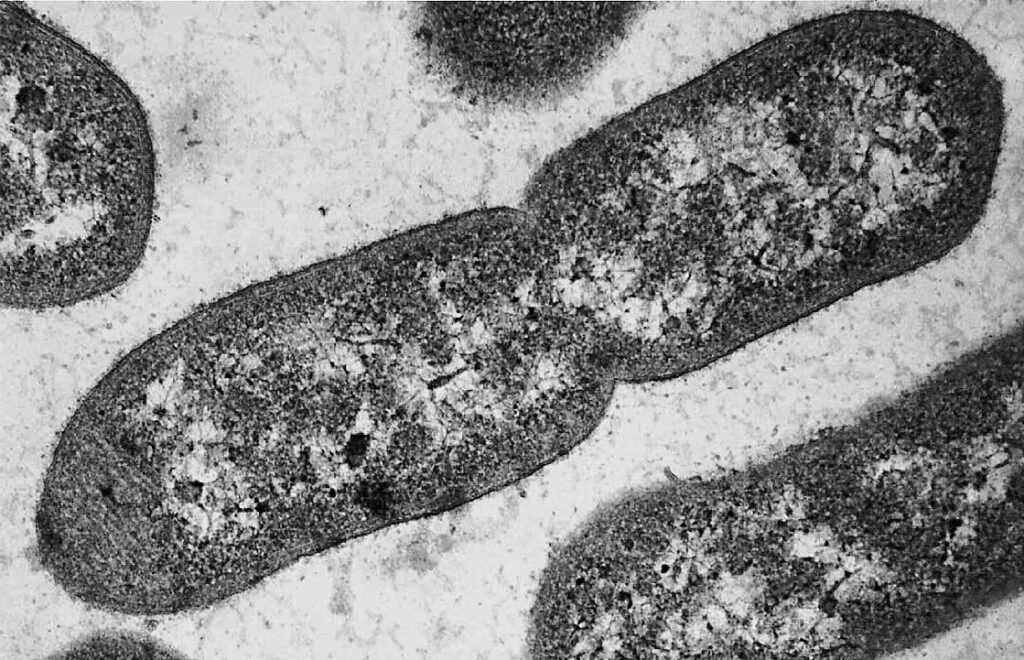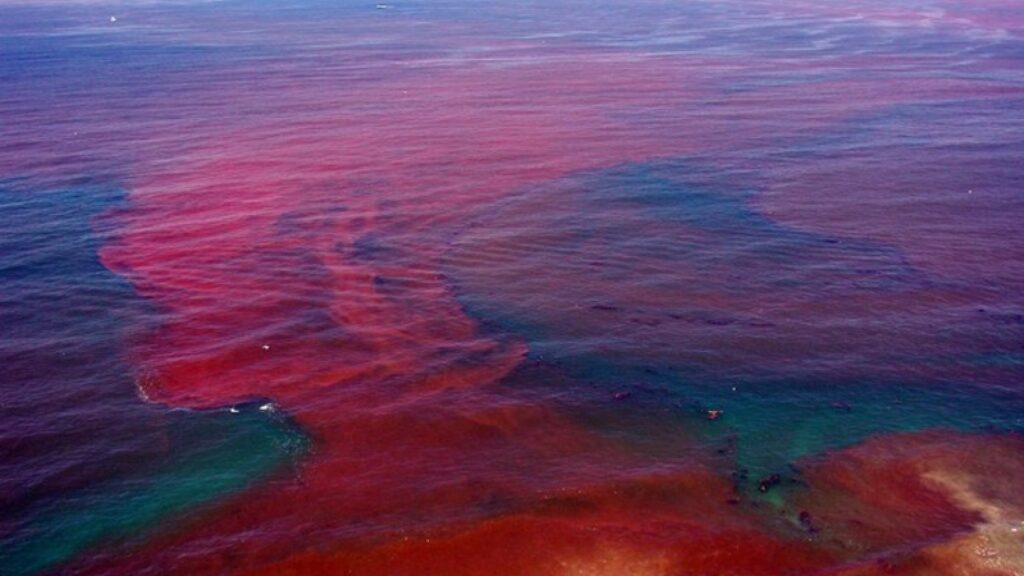Drifting on By — Plankton are Small but Mighty
I never thought I’d get this far.
Sheldon J. Plankton (Spongebob)
Oh but Sheldon, you will go so very far! Many marine organisms depend on plankton to survive and they are an important part of the marine food web.
Let’s start with the basics. The word plankton is derived from the Greek word planktos, meaning to wander.
Some plankton spend their whole lives in the planktonic state, these are called holoplankton. Others, called meroplankton, only spend a portion of their lives as plankton and will eventually mature into organisms such as worms, mollusks, crustaceans, coral, echinoderms and fishes.
Types of Plankton
To simplify things lets divide plankton into three groups:
- Zooplankton
- Phytoplankton
- Bacterioplankton
Zooplankton

Let’s remember Sheldon here for a second. He’s a copepod which is a type of zooplankton and they like to eat other types of plankton. Examples include krill, sea snails and comb jellies. Often you’ll find zooplankton categorized according to size.
Phytoplankton

Most phytoplankton are single-celled organisms, but because these plankton are plants they are able produce their own food! Like terrestrial plants, phytoplankton release oxygen as a byproduct.
Scientists estimate that phytoplankton produce 50-80% of the oxygen on Earth.
Let’s think about this in another way. The Amazon rainforest only produces between 6-9% of the Earth’s oxygen. So phytoplankton deserve a lot more credit than we give them for.
Bacterioplankton

Put simply, bacterioplankton are single-celled bacteria. Some species are primary producers while others are primary consumers. These little bacteria are ecologically essential because they are involved in the remineralization process of organic material.
Keep on Swimming (Or Drifting…)
Several types of zooplankton will travel up and down the water column during the over a 24 hour cycle. During the day, zooplankton will stay at deep depths to avoid predation from larger marine organisms and come up at night to feed on phytoplankton.
In order to get around zooplankton can use antennae, cilia, contractions, appendages, or propulsion to move throughout the water column.
Started from the Bottom, Now They’re Here
Plankton are incredibly important to the ocean ecosystem and play a critical role in maintaining the health and balance of the marine food webs. They are very sensitive to changes in their environment, including in the temperature, salinity, pH level, and nutrient concentration of the water.

When there are too many of certain nutrients in the water, for instance, harmful algal blooms like red tides are the result. Because many zooplankton species eat phytoplankton, shifts in timing or abundance of phytoplankton can quickly affect zooplankton populations, which then affects species along the food chain.
Often overlooked, but ever present, these tiny organisms will continue to play a central role in our oceans.
